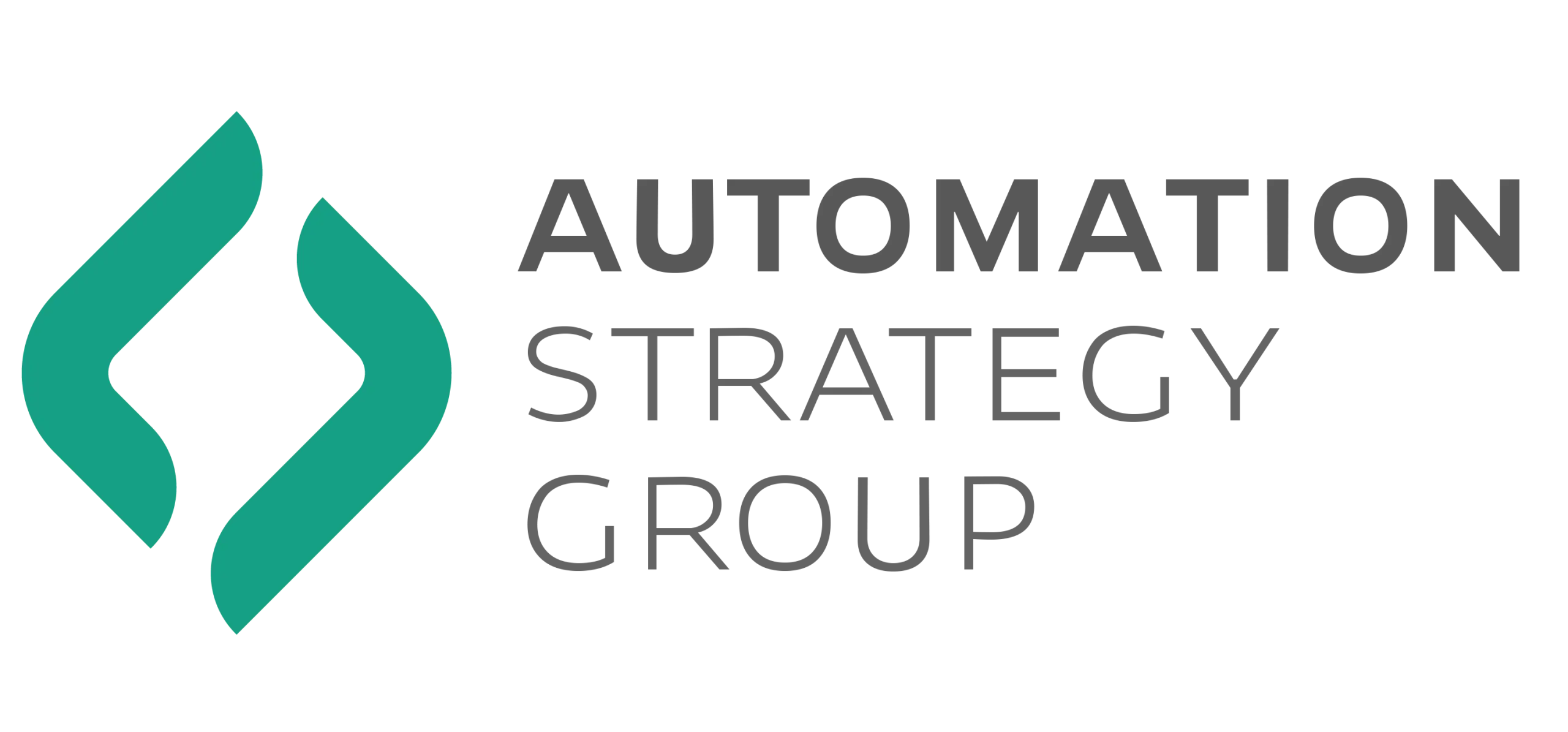In modern B2B marketing, effective lead nurturing is about sending the right message at the right time. As customer journeys become increasingly complex, automation tools like Oracle Eloqua empower marketing teams to engage leads based on their behavior, stage, and interest level at scale.
But you need a workflow strategy that supports every step of your buyer’s journey. When designed properly, Eloqua workflows for lead nurturing help you convert early interest into qualified opportunities by aligning messaging, timing, and data.
In this blog post, we’ll walk you through the framework for designing a successful nurture campaign in Eloqua, from mapping audience segments to building automated campaigns that drive consistent conversions.
What is Lead Nurturing?
Lead nurturing is the process of developing relationships with prospects at every stage of the funnel. It’s about building trust, delivering value, and guiding leads toward purchasing decisions.
Lead nurturing focuses on understanding the buyer’s needs based on their profile and stage in the buying process. It keeps prospects engaged by providing relevant content such as technical briefs and webinars.
Effective nurturing builds brand loyalty and cultivates latent demand, leading to higher conversion rates and increased revenue.
It also accelerates decision-making for active opportunities by supplying necessary information and is most effective when triggered by buyer activities.
In Eloqua, a workflow (often called a campaign canvas) is the engine that drives this process. It’s where you automate touchpoints, apply segmentation, and determine the next steps based on a lead’s behavior.

Here’s how the main components of an Eloqua nurturing workflow work together:
| Workflow Component | Purpose | Example in Action |
| Entry Criteria | Defines who enters the campaign | Leads who downloaded an eBook |
| Steps and Actions | Defines what happens next | Send email, wait, evaluate response |
| Decision Rules | Automates behavior-based branching | If opened, send follow-up; if not, resend |
| Exit Criteria | Determines when a contact leaves | When the lead converts or reaches the end of a journey |
According to findings from Demand Gen Report and SiriusDecisions, companies that utilize lead nurturing workflows experience sales cycles that are 20% faster and generate 50% more sales-ready leads at a cost that is 33% lower compared to manual engagement.
Eloqua automates complex decision-making, ensuring leads receive personalized and timely messages.
Read More: How to Build Re-Engagement Campaigns for Lost Leads
Core Components of an Eloqua Workflow
Before building a workflow, it is essential to understand how each part functions. Eloqua’s structure is flexible, but every workflow typically includes these foundational elements:
1. Entry Criteria
This determines which contacts enter your campaign. You can choose from multiple triggers:
- Form submissions (e.g., webinar signups)
- Contact list membership
- Lead score thresholds
- CRM updates or data changes
Strong entry criteria ensure only the right audience enters your nurture journey.
2. Workflow Steps
Steps are the actions Eloqua performs. They can include:
- Sending personalized emails
- Adding wait times between steps
- Updating contact or lead fields
- Notifying sales teams when leads qualify
Each step should have a clear goal to move the lead closer to readiness without overwhelming them.
3. Decision Rules
Decision steps are conditional branches that determine what happens next. For example:
- If a lead opens an email, move them to the next nurture phase.
- If they don’t, wait and resend with a new subject line.
Decision rules keep workflows responsive and adaptive.
4. Exit and Re-Entry Logic
You can define exit criteria so leads leave the workflow when they convert or no longer meet the campaign conditions. Re-entry logic allows re-engagement if they meet the trigger again later, which is useful for long-term nurture campaigns.
5. Data Hygiene and Updates
Good workflows continuously update contact fields based on engagement. This keeps your CRM accurate and your future campaigns smarter.
Read More: What Is Lead Scoring Model & How To Build It
Designing the Workflow Journey Around the Buyer’s Stages

Your Eloqua workflow should reflect the buyer’s journey from awareness to decision. This ensures content relevance and increases engagement at each stage.
| Stage | Goal | Example Workflow Actions |
| Awareness | Educate leads and capture interest | Deliver educational emails, event invites |
| Consideration | Build trust and highlight value | Send case studies, product guides |
| Decision | Encourage conversion | Share demos, trials, and pricing info |
When building a nurture campaign in Eloqua:
- Map each buyer stage to specific email content and cadence.
- Add decision rules to adapt based on engagement.
- Use progressive profiling forms to collect more data over time.
For example, if a lead downloads a product comparison sheet, your workflow can automatically move them from the consideration track to the decision track. Eloqua utilizes this behavior to update its profile and adjust messaging.
According to 99 Firms’ stats, 47% of nurtured leads make larger purchases than non-nurtured ones. This shows the importance of lead nurturing.
Therefore, building stage-based workflows ensures your nurture programs contribute directly to revenue.
How Do You Create a Nurture Campaign in Eloqua?
When you create a nurture campaign in Eloqua, help leads move from their first contact to becoming qualified opportunities. Also, using automated workflows that change based on each lead’s behavior and attributes.
Below are three key steps to design a nurture campaign in Eloqua:
Segmentation and Personalization in Eloqua Workflows
Segmentation and personalization are the foundation of effective nurturing. Eloqua offers powerful options to ensure each lead receives the most relevant message.
Segmentation is the process of grouping your contacts based on shared characteristics, such as industry, company size, job role, purchasing behavior, or engagement history.
Eloqua lets you combine firmographic, demographic, and behavioral data to build highly specific audience segments.
Once you’ve defined segments, personalization ensures each contact receives messaging relevant to their situation.
A report from Epsilon found that 80% of consumers are more likely to buy from brands that personalize experiences. This shows the importance of customization while driving conversions. Eloqua’s personalization tools help you achieve this at scale.
Eloqua supports dynamic content, progressive profiling, and behavior-based triggers to tailor the experience. For example, a lead from the finance industry might be routed into a content path discussing cost-benefit analysis, whereas a tech buyer might get messaging about system integration.
A few best practices include:
- Use progressive profiling in Eloqua forms to gradually collect new data without asking too much upfront.
- Always align segmentation definitions with your buyer-journey stages to send the right lead down the right path.
- Review your segments and personalization logic periodically to ensure the data remains clean and relevant.
Building the Automation Logic
Automation logic forms the backbone of your nurture program. In Eloqua, you build this using tools such as Campaign Canvas or Program Builder.
Here’s how you approach it:
- Define entry criteria: Decide which leads will enter the workflow (e.g., downloaded a whitepaper, visited a key page).
- Map out steps and actions: This may include sending an email, waiting a set time, checking a behavior (like clicking a link), updating a lead score, or inserting them into a follow-up path.
- Include decision splits: Decision splits help you control what happens based on behavior. For example, if a lead clicks the first email, send them to a “hot lead” path; if not, send a follow-up with different content.
- Specify exit and re-entry rules: For instance, once a lead becomes a marketing-qualified lead (MQL) or books a demo, they exit the campaign. If they later drop off, they might re-enter a re-engagement path.
A lead who downloads a beginner’s guide shouldn’t immediately receive a deep technical demo message. According to Oracle’s guide, nurturing workflows must mirror the buyer’s journey.
Measuring and Optimizing Workflow Performance
Once your nurture campaign is live, measuring and optimizing its performance is essential. Eloqua offers built-in dashboards and reporting functionalities that track email opens, click-through rates, conversion rates, lead-score movement, and revenue influenced.
Key metrics to track include:
- Open rate: Are your subject lines and timing working?
- Click-through rate: Is the content engaging and relevant?
- Conversion rate: Are nurtured leads becoming MQLs or SQLs?
- Drop-off rate: Where in the workflow are leads losing interest?
| Metric | What It Shows | Optimization Action |
| Email Open Rate | Relevance of subject lines | Test new subject lines or send times |
| Click-Through Rate | Engagement quality | Refine calls-to-action |
| Conversion Rate | Overall workflow effectiveness | Adjust content or timing |
| Drop-Off Rate | Where leads lose interest | Identify and fix weak steps |
Optimization steps:
- A/B test subject lines, email copy, or timing.
- Check decision splits where many leads might get stuck and adjust logic accordingly.
- Refresh content and offers regularly to keep the nurture path relevant.
- Clean up data—remove invalid contacts, update segments, and check scoring models.
As per Oracle study, properly nurturing can improve unqualified leads’ conversion into opportunities significantly.
Common Mistakes and How to Avoid Them
Even experienced marketers make errors when designing Eloqua workflows. Here are some to avoid:
1. Over-Complicating Workflows
It’s tempting to build one massive campaign with multiple branches and triggers. However, complexity often leads to maintenance headaches and logic errors. Start small with clear goals and expand once results are validated.
2. Weak Entry Criteria
If your entry rules are too broad, irrelevant contacts will enter your workflow. This causes low engagement and inaccurate reporting. Always define your target segment before activating any campaign.
3. No Exit or Re-Entry Logic
Leads can get stuck in endless loops or receive duplicate content without proper exit rules. Always include a clean exit condition and re-entry trigger to maintain a healthy user experience.
4. Ignoring Data Quality
Outdated or incomplete data leads to incorrect segmentation and poor personalization. Schedule regular data hygiene checks to remove invalid contacts and update key fields.
5. Lack of Testing Before Launch
Before going live, test every path in your workflow using sample data. Eloqua’s test mode allows you to confirm whether leads receive the correct sequence based on conditions.
Avoiding these pitfalls keeps your nurture campaigns efficient, measurable, and conversion-focused.
How to Get Started: Pilot Workflow Example
If you’re new to Eloqua workflows, start small with a pilot nurture campaign. Here’s an example structure to follow:
| Stage | Action | Timing | Goal |
| Entry | New lead fills out a demo form | Immediately | Start awareness sequence |
| Email 1 | Welcome message + value intro | Day 1 | Establish contact |
| Wait | Wait 3 days | Avoid fatigue | |
| Email 2 | Case study or customer success story | Day 4 | Build trust |
| Decision Split | If opened, send demo invite; if not, resend in 5 days | Day 7 | Encourage conversion |
| Exit | Lead the schedule demo or reach the end | Workflow complete |
Keep your first workflow simple by testing the logic, monitoring engagement, and optimizing before scaling to other nurture tracks.
How the Automation Strategy Group Can Help
Designing efficient Eloqua workflows takes experience and precision. At the Automation Strategy Group, we specialize in building and optimizing marketing automation systems that drive measurable results.
Our Eloqua experts help you:
- Audit existing workflows and identify optimization gaps
- Design new nurture campaigns tailored to your buyer journey
- Implement advanced segmentation, scoring, and re-engagement logic
- Align Eloqua automation with your CRM and reporting structure
- Train your team on Eloqua best practices
We help you transform your lead nurturing programs into predictable, conversion-driven engines that align marketing and sales around shared data. Schedule a free consultation with one of our Eloqua experts.
Conclusion
To create a nurture campaign in Eloqua, define your target audience through segmentation, map the buyer journey, and build automated workflows using Campaign Canvas. Add personalized content, decision rules, and timing steps to guide leads based on behavior. Use Eloqua’s reporting tools to measure engagement, conversion rates, and continuously refine performance.
Eloqua workflows for lead nurturing help marketers automate engagement, score leads effectively, and guide prospects through the buyer’s journey using targeted content, data-driven triggers, and measurable performance tracking.
Frequently Asked Questions
What is the simplest workflow to start with in Eloqua?
Start with a single-track nurture campaign targeting new leads. Include 2–3 emails spaced over 5–7 days and simple behavior-based decision rules.
How do I measure if my Eloqua nurture workflow is effective?
Monitor open, click, and conversion rates. Use Eloqua’s Campaign Analysis report to track lead progression and engagement trends.
Can a lead re-enter a workflow in Eloqua?
You can define re-entry rules allowing leads to enter again after a set time or behavior trigger, such as inactivity for 60 days.
How often should I update my Eloqua workflows?
Review workflows quarterly. Refresh content, update segments, and remove inactive leads to maintain performance.
Should I build one workflow for all personas or separate ones?
Separate workflows for each persona perform better. This allows you to tailor content and messaging for specific audience needs.





